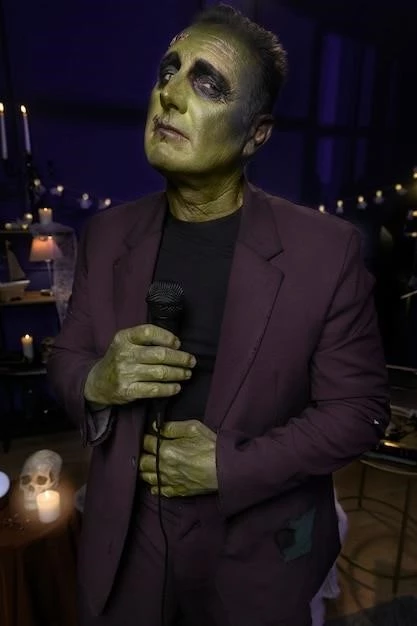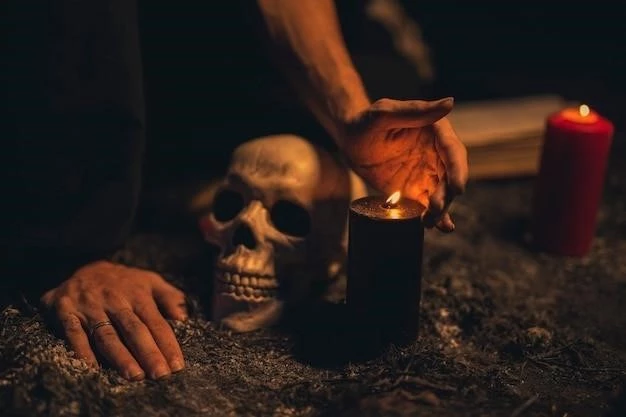Death, a universal human experience, evokes a wide spectrum of emotions and responses across cultures․ While some societies approach death with solemnity and mourning, others embrace it with vibrant celebrations and unique rituals․ These “festivals of death” offer a fascinating glimpse into the diverse ways humanity confronts mortality and honors the afterlife․

Bridging the Gap: The Purpose of Death Festivals
Despite their geographical and cultural differences, festivals of death share a common thread: bridging the gap between the living and the dead․ These celebrations serve as a platform for:
- Remembrance and Ancestor Veneration: Many cultures view death not as an end, but as a transition to another realm․ Festivals provide an opportunity to remember and honor deceased loved ones, seeking their blessings and guidance․
- Appeasement and Pacification: Some festivals are rooted in the belief that spirits of the dead can influence the living, for better or worse․ Rituals and offerings aim to appease these spirits and ensure peace and prosperity for the community․
- Celebration of Life and Renewal: Paradoxically, many death festivals are not mournful, but vibrant celebrations of life․ They acknowledge death as a natural part of the life cycle, emphasizing renewal and the continuation of life․
A World Tour of Death Festivals: From Solemnity to Spectacle
From the cobbled streets of Europe to the bustling markets of Asia, let’s embark on a virtual journey exploring some of the world’s most captivating festivals of death:
1․ Día de Muertos (Mexico): A Lively Reunion with Departed Souls
Perhaps the most iconic death festival, Mexico’s Día de Muertos, or Day of the Dead, is a joyous and colorful celebration of life and death․ Held on November 1st and 2nd٫ this festival sees families creating elaborate altars (ofrendas) adorned with food٫ drinks٫ photos٫ and personal belongings of deceased loved ones․ Sugar skulls٫ marigolds٫ and “pan de muerto” (bread of the dead) are traditional offerings․ It’s believed that the spirits of the departed return to visit their families٫ partaking in the festivities and showering blessings․
2․ Obon Festival (Japan): Guiding Spirits with Lanterns and Dance
Obon, the Japanese Buddhist custom of honoring ancestors, spans three days in July or August․ Families clean and decorate graves, light lanterns to guide spirits home, and perform traditional Bon Odori dances to welcome and entertain them․ The festival culminates with the floating of paper lanterns down rivers or out to sea, symbolizing the spirits’ return journey to the afterlife․
3․ Pchum Ben (Cambodia): Feeding Hungry Ghosts and Seeking Blessings
Pchum Ben, a 15-day Cambodian Buddhist festival, centers around the belief that the gates of hell open, releasing hungry ghosts into the realm of the living․ People make offerings of food and robes to monks, believing that this merit will reach their deceased relatives and alleviate their suffering․ The festival concludes with boat races and illuminated floats set adrift on waterways, symbolizing the guiding of spirits back to the afterlife․
4․ Gai Jatra (Nepal): Cows, Laughter, and Remembering the Departed
Gai Jatra, Nepal’s “festival of cows,” is a unique celebration of life and death, particularly poignant for families who have lost a loved one in the preceding year․ Cows, revered as sacred animals in Hinduism, are paraded through the streets, and children dressed as cows participate in processions․ The festival incorporates humor and satire, with masked dancers and comedic performances, providing solace and reminding people to embrace life even in the face of death․
5․ Famadihana (Madagascar): Dancing with the Dead
Famadihana, also known as “the turning of the bones,” is a unique funerary tradition practiced by the Malagasy people of Madagascar․ Every few years, families exhume the bodies of their deceased loved ones, rewrap them in fresh burial shrouds, and dance with them before returning them to their tombs․ This ritual is seen as a way to honor ancestors, renew family bonds, and seek blessings from the dead․
The Significance of Death Festivals in a Globalized World
In our increasingly globalized and secularized world, death festivals retain their cultural significance for several reasons:
- Preservation of Cultural Identity: These festivals serve as vibrant expressions of cultural identity, transmitting traditions and beliefs across generations․
- Social Cohesion: Festivals bring communities together, strengthening social bonds and fostering a sense of shared identity and purpose․
- Confronting Existential Questions: Regardless of religious beliefs, death festivals provide a space for contemplating mortality, finding meaning in life, and coping with loss․

Conclusion: Embracing the Inevitable, Celebrating the Afterlife
Festivals of death, though diverse in their expressions, offer a powerful testament to the human capacity to find meaning and beauty even in the face of mortality․ They remind us that death, while inevitable, is not necessarily an end, but a transition, a transformation, and an opportunity to celebrate life, honor our ancestors, and connect with something larger than ourselves․










